Researchers evaluated 158 Covid-19 dashboards, assessing design, implementation, and usefulness. Marie Patino for Bloomberg CityLab reports:
“All of these dashboards were launched very early in the pandemic,” said Damir Ivankovic, a PhD student at the University of Amsterdam. “Some of them were developed literally overnight, or over three sleepless nights in certain countries.” With Ph.D. researcher Erica Barbazza, Ivankovic has been leading a set of studies about Covid-19 dashboards with a network of researchers. For an upcoming paper that’s still unpublished, the pair have talked to more than 30 government dashboard teams across Europe and Asia to better understand their dynamics and the political decisions at stake in their creation.
In 2020, suddenly governments at all levels required an online dashboard that showed data at least near real-time, but there were constraints with software, design, and data sources, along with people to implement. So groups worked with what they had.
On the other end, everyone checking these dashboards on the daily were getting their own lessons in interpreting trends, missing data, and variation.

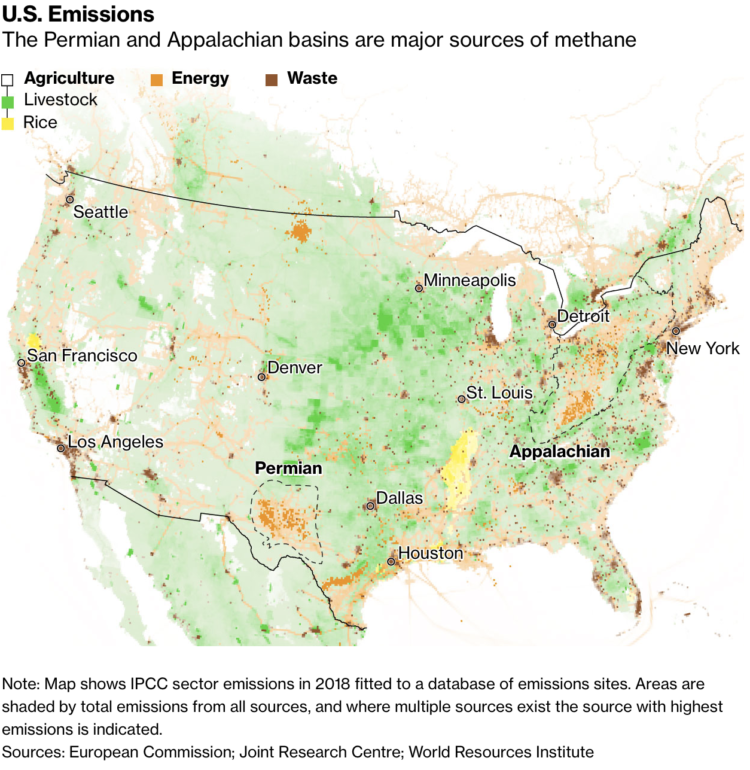
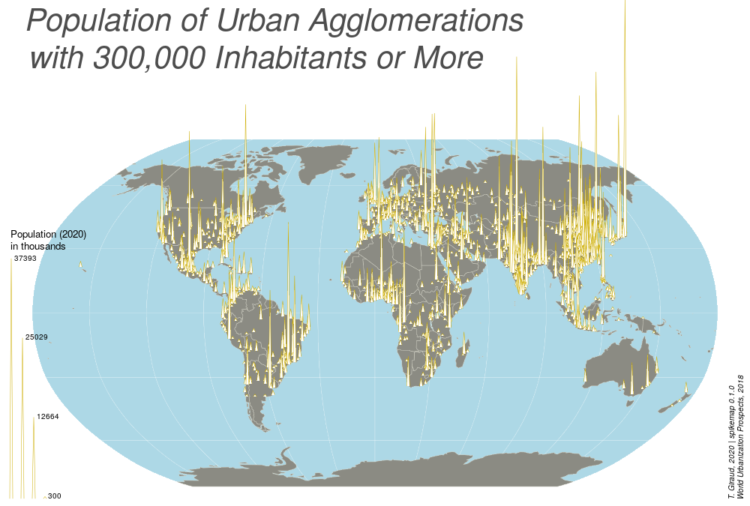
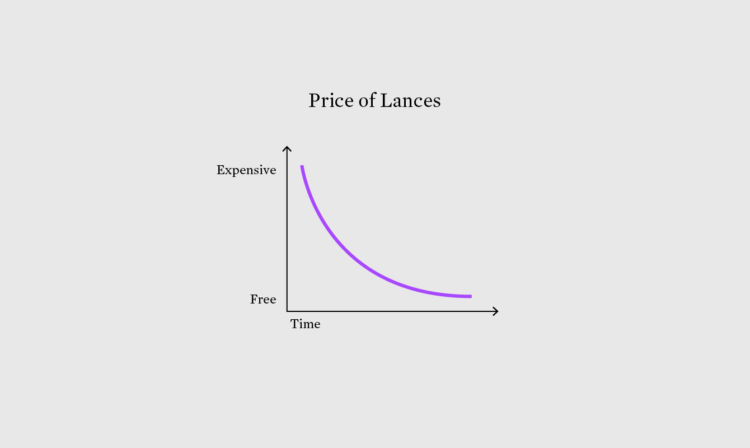

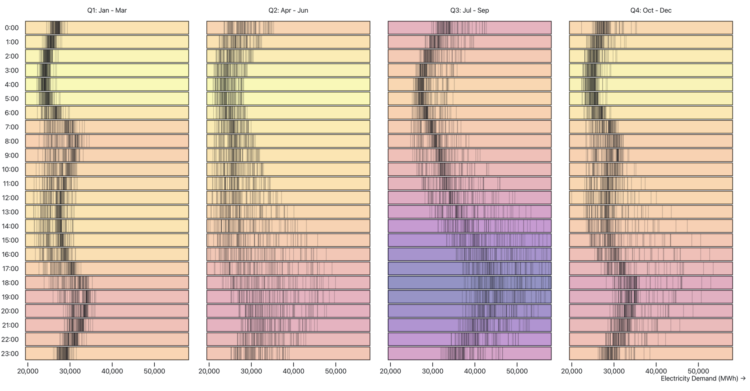
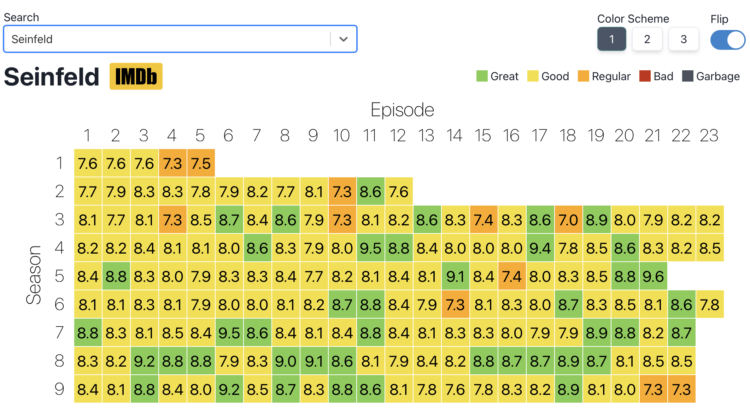

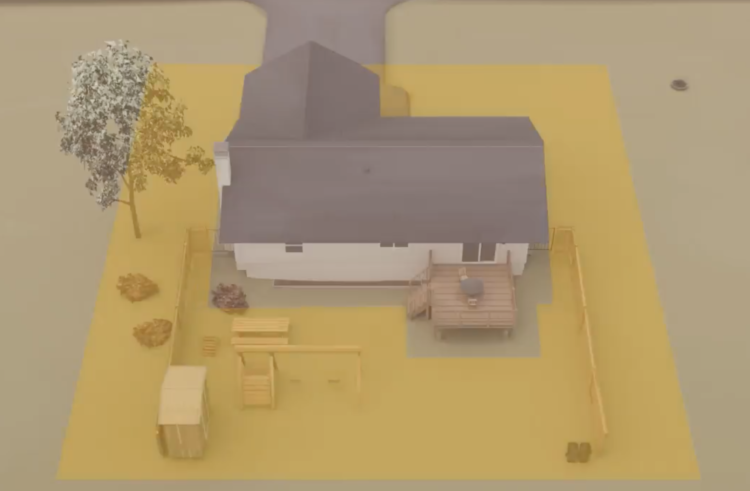
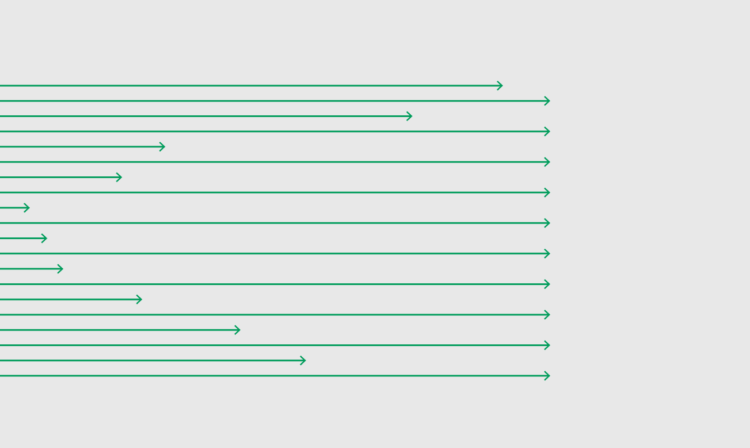
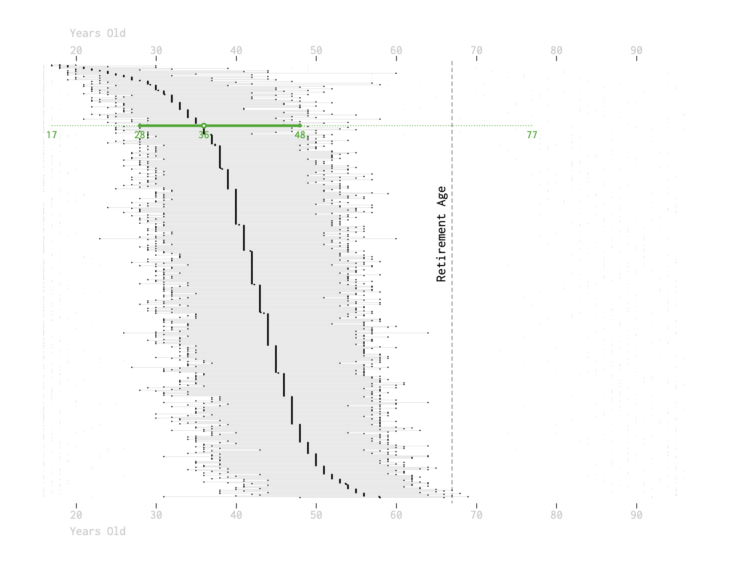
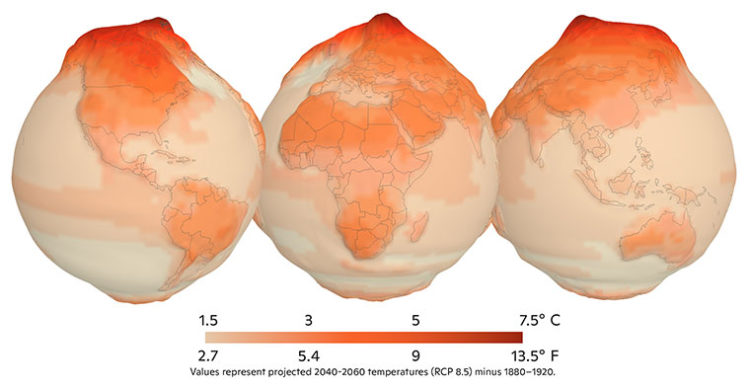

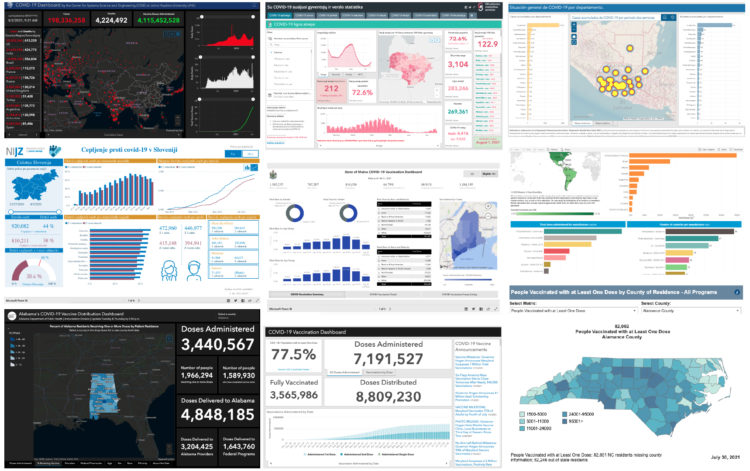
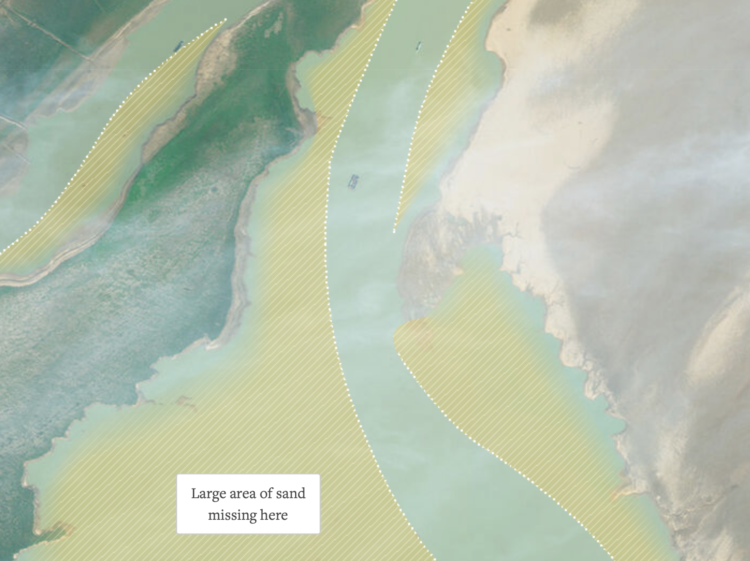

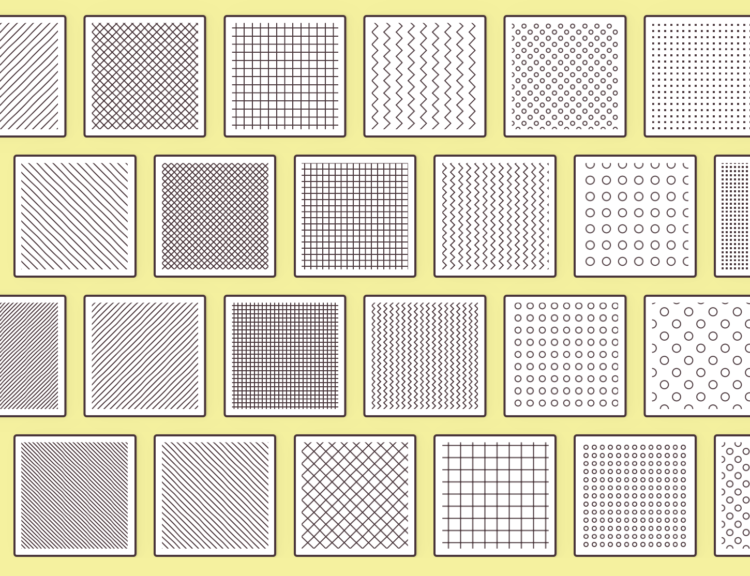
 Visualize This: The FlowingData Guide to Design, Visualization, and Statistics (2nd Edition)
Visualize This: The FlowingData Guide to Design, Visualization, and Statistics (2nd Edition)










